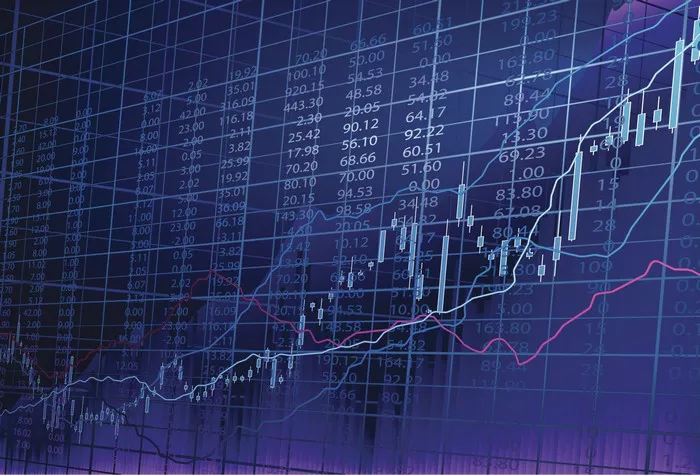South Korea’s economic growth reversed course in the second quarter of 2024, following a surprising surge at the beginning of the year, posing new challenges for policymakers striving to boost investment and consumption. According to the Bank of Korea’s report on Thursday, the nation’s gross domestic product (GDP) declined by 0.2% from the previous quarter, falling short of the anticipated 0.1% growth.
This unexpected downturn may amplify discussions about potential interest rate cuts by the central bank, though such a move is unlikely in the immediate future. The contraction is partly attributed to the unusually high growth experienced earlier in the year, and the Bank of Korea (BOK) remains cautious to avoid exacerbating household debt through premature policy adjustments.
Kwon Young Sun, chief economist at Woori Finance Research Institute, noted, “The path to a rate cut seems likely, but the BOK must carefully consider financial stability issues. The central bank’s decisions will be influenced by a range of factors beyond GDP, including debt levels and currency stability.”
Both the government and the central bank have revised their 2024 growth forecasts upward, viewing the second-quarter results as a temporary setback rather than a significant downturn. However, the report highlights persistent domestic demand weaknesses. Private consumption fell by 0.2%, while government spending rose by 0.7%. Exports increased by 0.9% in real terms, but investment in facilities dropped by 2.1%.
“The key concern is the decline in investment, which could negatively impact long-term growth prospects,” Kwon added. He suggested that companies might delay investment plans until after the U.S. presidential election in November.
The BOK’s statement indicated that a decrease in investment was led by machinery, including chipmaking equipment. Construction investment fell by 1.1% following a surprising 3.3% increase in the prior quarter. The sluggishness in consumer spending implies that strong external demand is not translating into widespread economic strength.
Betty Wang, an economist at Oxford Economics, expressed optimism, stating, “We anticipate that the current weakness will be temporary. Investment is expected to gradually increase in the coming quarters, largely driven by ongoing developments in the technology sector.”
In a related development, SK Hynix reported a significant rise in quarterly revenue and indicated that its capital expenditures for the year would likely exceed earlier forecasts. The global surge in artificial intelligence (AI) development has benefited South Korea, which hosts major semiconductor manufacturers Samsung Electronics and SK Hynix. Memory chips have been a major driver of the country’s exports, contributing to the 1.3% economic growth in the first quarter, which exceeded economist expectations.
Trade data suggests that the technology-driven export boom persisted into the April-June period and might continue. Semiconductor shipments surged over 50% year-on-year in the first 20 days of July, bolstering the central bank’s expectations that the chip rally could extend into the first half of next year.
To meet the mid-2% growth target for 2024, South Korea must achieve approximately 0.8% growth in the second half of the year. Private consumption remains a crucial factor as spending continues to be subdued under high interest rates and ongoing inflation.
Economists are divided on whether the BOK will lower rates in August or October. The central bank has maintained a restrictive 3.5% policy rate for 18 months. Concerns about the local currency’s depreciation against the dollar have made the BOK cautious, as further currency weakness could increase import costs for food and energy.
Stronger-than-expected early-year economic momentum gave the BOK reasons to adopt a cautious policy stance, supported by the semiconductor boom that has been pivotal in navigating economic challenges, including the pandemic.
Pantheon Economics researcher Kelvin Lam commented, “The robust AI-driven export growth should support economic expansion and provide the Bank with more flexibility in policy decisions.”
South Korea also faces long-term economic risks due to its record-low fertility rate, which could significantly reduce the working-age population. The country is increasingly turning to automation and AI to mitigate the effects of an aging population.
Bank of America economists, including Benson Wu, believe, “AI could sustain Korea’s long-term growth without adversely affecting the existing labor market. The productivity gains from AI development might drive future economic growth.”
In the short term, South Korea must address ongoing credit risks in the construction sector, which is crucial for GDP. Developers face challenges with high raw material costs and debt repayment as interest rates remain high. A surprising uptick in construction output


